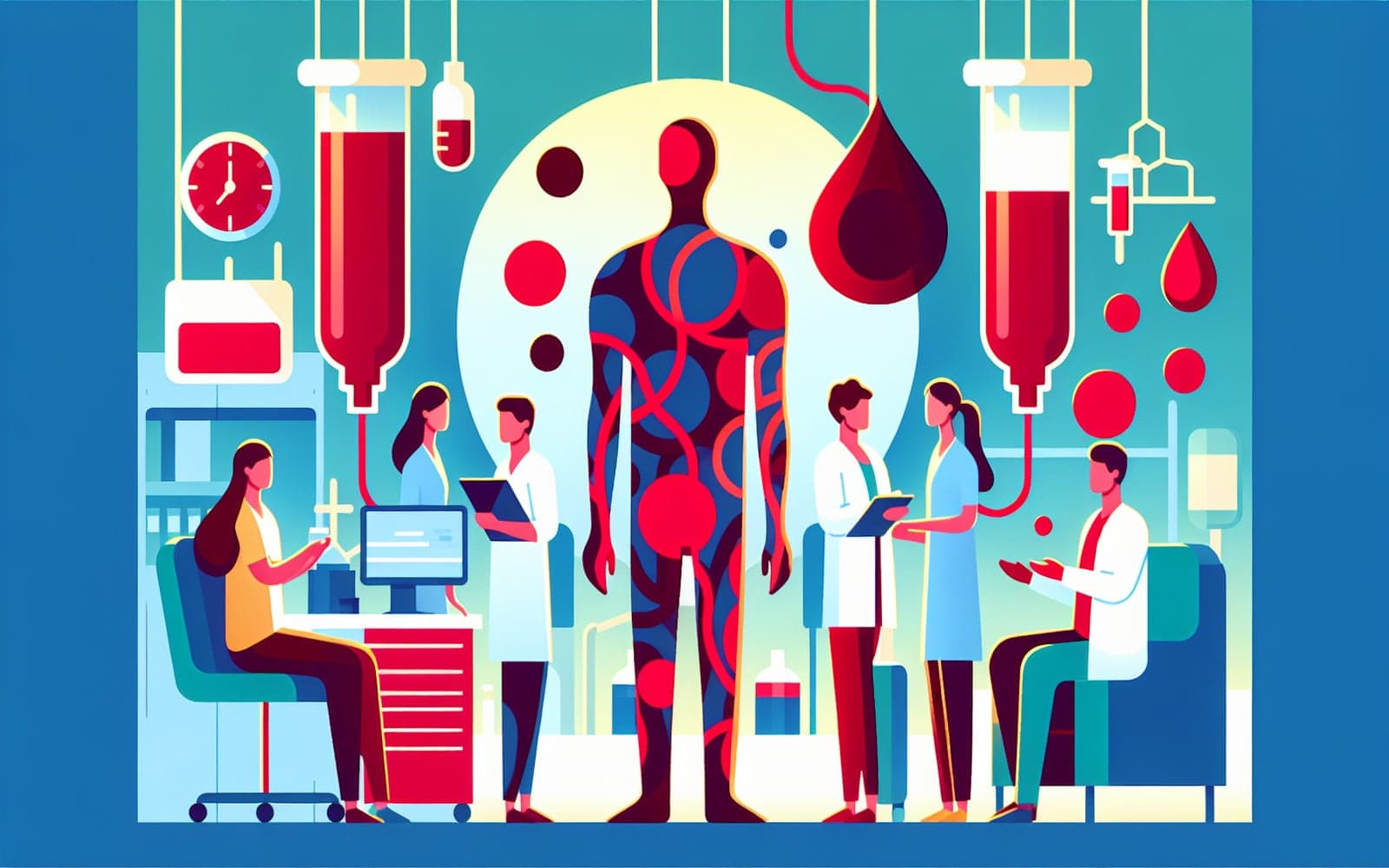What's Behind That Bright Red Blood? Understanding BRBPR
Published: Sep 12, 2024
Ever noticed a bit of bright red blood after using the toilet? It's called minimal bright red blood per rectum (BRBPR), and while often harmless, it can sometimes point to more serious issues.
Contents
Common Causes of BRBPR
Hemorrhoids are the most frequent cause, leading to painless bleeding during bowel movements. Anal fissures, small tears in the anal lining, can also cause bright red bleeding along with a sharp pain. Less commonly, polyps or proctitis might be the culprits, sometimes requiring more thorough investigation.
Spotting the Signs
Understanding the difference between minimal BRBPR and other types of bleeding is crucial. Melena or maroon stools suggest bleeding from higher up in the digestive tract, while minimal BRBPR typically involves just a few drops of blood. Knowing what to look for helps determine if further testing is needed.

When to Worry
Although minimal BRBPR is usually benign, it can sometimes indicate serious conditions like colorectal cancer, especially in older adults. If accompanied by weight loss, changes in bowel habits, or family history of cancer, seeking medical advice is critical.
Frequently Asked Questions
BRBPR stands for bright red blood per rectum, indicating minor bleeding.
Often it's benign but can be serious if symptoms persist or worsen.
Common causes include hemorrhoids and anal fissures.
Yes, especially if symptoms are persistent or accompanied by other changes.
Key Takeaways
While BRBPR is often harmless, staying informed and vigilant is key to safeguarding your health.
Talk with Doctronic today to learn more about what your symptoms might mean and take control of your health.Related Articles
References
ASGE Standards of Practice Committee, Pasha SF, Shergill A, et al. The role of endoscopy in the patient with lower GI bleeding. Gastrointest Endosc 2014; 79:875.
Fine KD, Nelson AC, Ellington RT, Mossburg A. Comparison of the color of fecal blood with the anatomical location of gastrointestinal bleeding lesions. Am J Gastroenterol 1999; 94:3202.
Always discuss health information with your healthcare provider.

